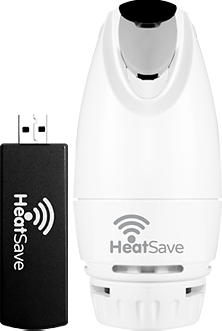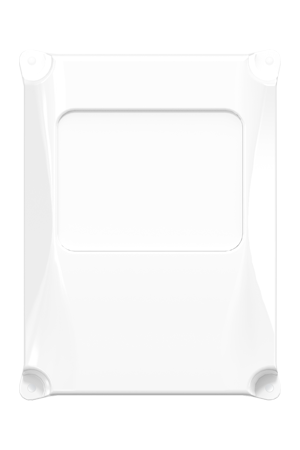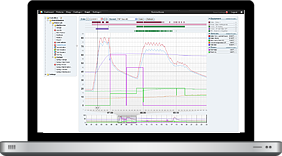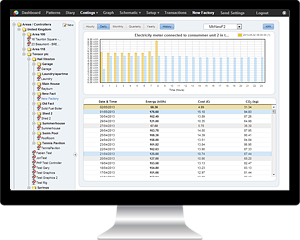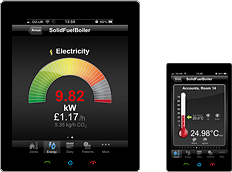Global progress in deploying energy efficiency solutions drops to lowest rate since 2010
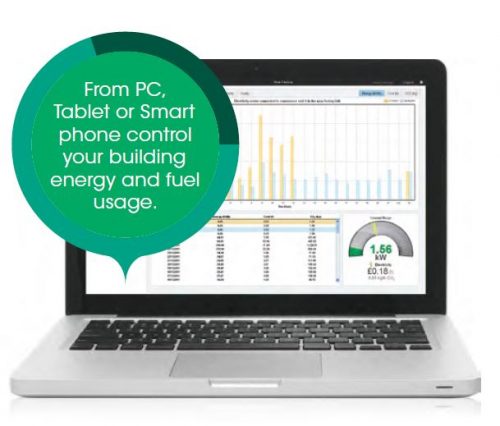
The primary energy intensity, an indicator of how heavily the world’s economic activity uses energy, improved by just 1.2% in 2018, reaching the lowest rate since 2010, the International Energy Agency (IEA) has been able to reveal.
It highlights that the rate of improvement has now declined for three years in a row, leaving it significantly below the 3% minimum needed to hit international climate and energy goals – if the rate had been above 3% for the past three years, the IEA says the world could have generated a further $2.6 trillion (£2tn) of economic output with the same amount of energy used.
It warns this slowing trend has “major implications” for consumers, businesses and the environment and says the world’s governments and corporations must strive to reverse the decline, by encouraging the deployment of green measures and focusing on digitalisation.
Dr Fatih Birol, the IEA’s Executive Director, said: “We can improve energy efficiency by 3% per year simply through the use of existing technologies and cost-effective investments.
“There is no excuse for inaction: ambitious policies need to be put in place to spur investment and put the necessary technologies to work on a global scale.”
HeatingSave – helping home owners save energy and money
Domestic and non-domestic customers alike can take advantage of the impressive level of energy efficiency enabled by the HeatingSave Building Energy Management System, which allows user to save 20 to 30 percent on their gas and electricity bills by optimizing consumption levels across any building, depending on its specific heat-loss profile.
Plus, the system also includes automatic occupancy detection features, allowing the temperature to be reduced to a background when areas are not used and quickly brought up to temperature when they are being used.
It’s also very important to mention that HeatingSave can take an automatic decision on whether to use electricity or gas for heating during summer, and also enables users to set a night setback temperature, reducing the night heating by a few degrees to still keep 24/7 operations warm whilst saving energy and money.
If you’re already interested in what HeatingSave has in store and you’d like to find out more on the matter, just get in touch, our dedicated product team will be more than happy to answer all of your questions and queries.


